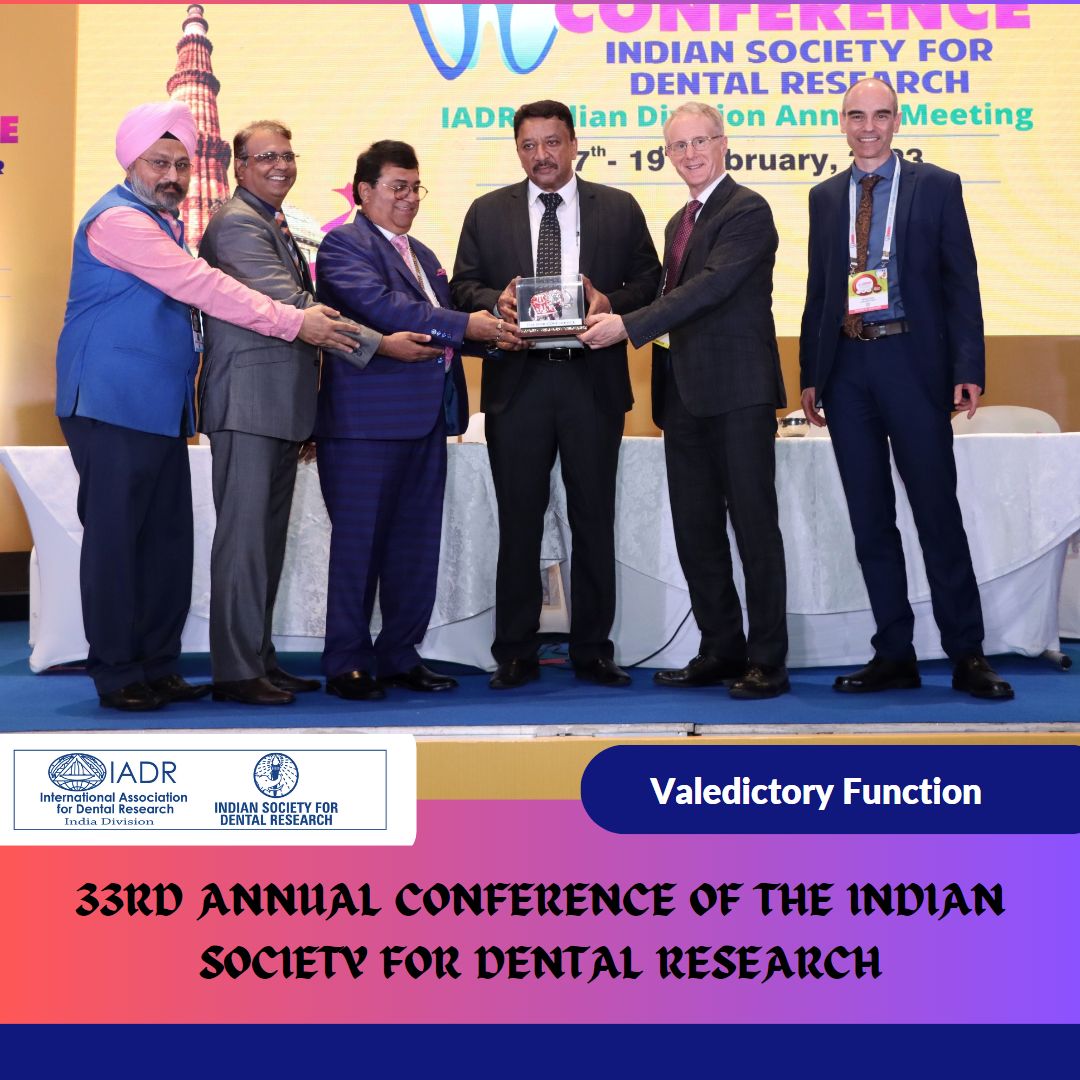
Facial Asymmetry Correction by BSSO Surgery
Facial Asymmetry Surgery by bilateral sagittal split osteotomy (BSSO)
Patient with a Progressive Increase in Lower Jaw Size
The patient is a 21-year-old male from Durgapur in West Bengal, India. He has always had a very large lower jaw in comparison to his upper jaw. There was also a slight deviation of the lower jaw to the right. This resulted in a mild asymmetry of his lower face.
A bilateral sagittal split osteotomy (BSSO) is the surgery of choice for reducing a large lower jaw. A receded lower jaw is advanced using distraction osteogenesis. Internal distraction is safer and preferred over external distraction. The open bite caused by upper jaw abnormalities is corrected through maxillary osteotomy.
Size discrepancy between the jaws can lead to a lot of functional difficulties. Speech is altered and eating patterns are also altered. Left unaddressed, this could possibly also lead to problems with the temporomandibular joint (TMJ). Cosmetic compromise is another important aspect that could lead to issues with self-esteem and self-confidence.
Associated Difficulties Caused by his Jaw Asymmetry
He has also faced speech and eating difficulties throughout his life. Of note, his brother also has a large lower jaw. He had presented to a surgeon in his hometown. Realizing that this was a complicated presentation, he was referred to us for surgery for jaw and chin correction.
The mechanism behind Perception of Jaw Size Discrepancy
The disparity in jaw size is a common cause of facial deformity and asymmetry. Either the lower jaw or the upper jaw can be larger than the other jaw. This could be a result of either a large jaw or a small jaw. A small upper jaw could make a normal lower jaw appear large.
Correction of this deformity could either be through jaw reduction or jaw augmentation. Le Fort I maxillary setback reduces the size of a large upper jaw. Bilateral sagittal split osteotomy reduces the size of a large lower jaw. An increase in the size of the lower jaw is through distraction osteogenesis.
Le Fort I osteotomy is the technique of choice for upper jaw advancement. Jaw reconstructive surgery helps correct a variety of deformities, both congenital and acquired. Facial plastic surgeons also perform these surgeries in Japan and other developed countries.
Initial Presentation for Jaw Correction Surgery at our Hospital
Dr. SM Balaji, facial asymmetry surgery specialist, examined the patient. The patient had mandibular prognathism as well as lower facial asymmetry. Treatment planning was formulated and explained to the patient. He was in agreement and consented to jaw reduction surgery.
Specialty Surgical Procedures Performed at our Hospital
Our hospital is a specialty center for facial cosmetic surgery. Facial plastic surgery in our hospital has transformed many lives. Scar revision surgery for burn scars is performed through tissue expansion. We are a specialty center for cosmetic nose surgery in India.
Successful Surgical Correction of Jaw Deformity
Bilateral bone cuts were first made in the mandible. The nerve was safely mobilized with the distal segment. This allowed for free manipulation of the proximal segment. Extreme care was taken to preserve the inferior alveolar nerve during surgery.
A slice of bone 14mm in thickness was removed from the left side. This was followed by a smaller slice of 12 mm being removed from the right to set right the asymmetry.
Occlusion was checked and was found to be normal. The mandible was then stabilized with plates and screws. His facial appearance was transformed following the surgery. He was very happy with the results of the surgery.
His family thanked the surgical team before discharge from the hospital.
5 Points on Facial Asymmetry Surgery – Facial Cosmetic Surgery
A Minor Degree of Facial Asymmetry is Completely Normal
Both sides of the face are near mirror images though it is never a perfect match. There is a minor degree of facial asymmetry even in normal faces. This is how nature works. There is never perfect symmetry of the face or the body. It is this minor asymmetry that adds to the attractiveness of the individual. This asymmetry is however not evident to common people.
Purely Cosmetic Deformity Versus Function Affecting Deformity
It is only when this degree of asymmetry is present to a degree where it is clearly noticeable that it becomes a problem that needs to be addressed. There are two components to the problems caused by this. One is pure cosmetic where it is only the appearance that is affected and not the function. The second is when normal function is affected by the asymmetry.
Procedures for Cosmetic Facial Asymmetry Correction
Procedures like cosmetic rhinoplasty help correct minor imperfections in the face and enhance the appearance of the individual. Many high visibility celebrities undergo such procedures to enhance their facial features for greater career opportunities.
Facial asymmetry normally manifests itself early in life whether it is idiopathic or caused by a medical condition like hemifacial microsomia. Injuries or infections to the developing baby during pregnancy can also result in facial disfigurement.
It can however occur at any stage in life too as a result of trauma or diseases like cancer. Facial asymmetry is very distressing to the affected individual and leads to associated psychological effects like depression and becoming introverted with self-isolation.
Struggles of Mankind through the Ages for Restoring Normal Facial Appearance
Mankind has tried to address this over the ages through various means. For example, World War I was the first truly global war that led to unprecedented levels of facial mutilation. A special unit was created to help individuals who suffered from facial asymmetry due to injuries sustained in war. Facial Plastic Surgery developed rapidly through the efforts of such units.
The Development of Modern Surgical Techniques
Modern surgery has come a long way in addressing the issue of facial asymmetry. Oral and Maxillofacial Surgery as well as Craniofacial Surgery deal extensively with the correction of facial asymmetry and restoration of normal facial features. An example is the treatment of burns scars. Facial scar revision surgery cost depends upon the extent of scarring.
Surgical techniques such as distraction osteogenesis, bone grafting, sagittal split osteotomy, utilization of biocompatible implants and soft tissue remodeling help restore normalcy in the lives of those afflicted with facial asymmetry.
The cost of facial asymmetry correction surgery varies a lot depending upon the severity of the presentation. It can cost anywhere from INR 1-2 lakhs for minor procedures to INR 3-4 lakhs for major facial deformity corrections.




